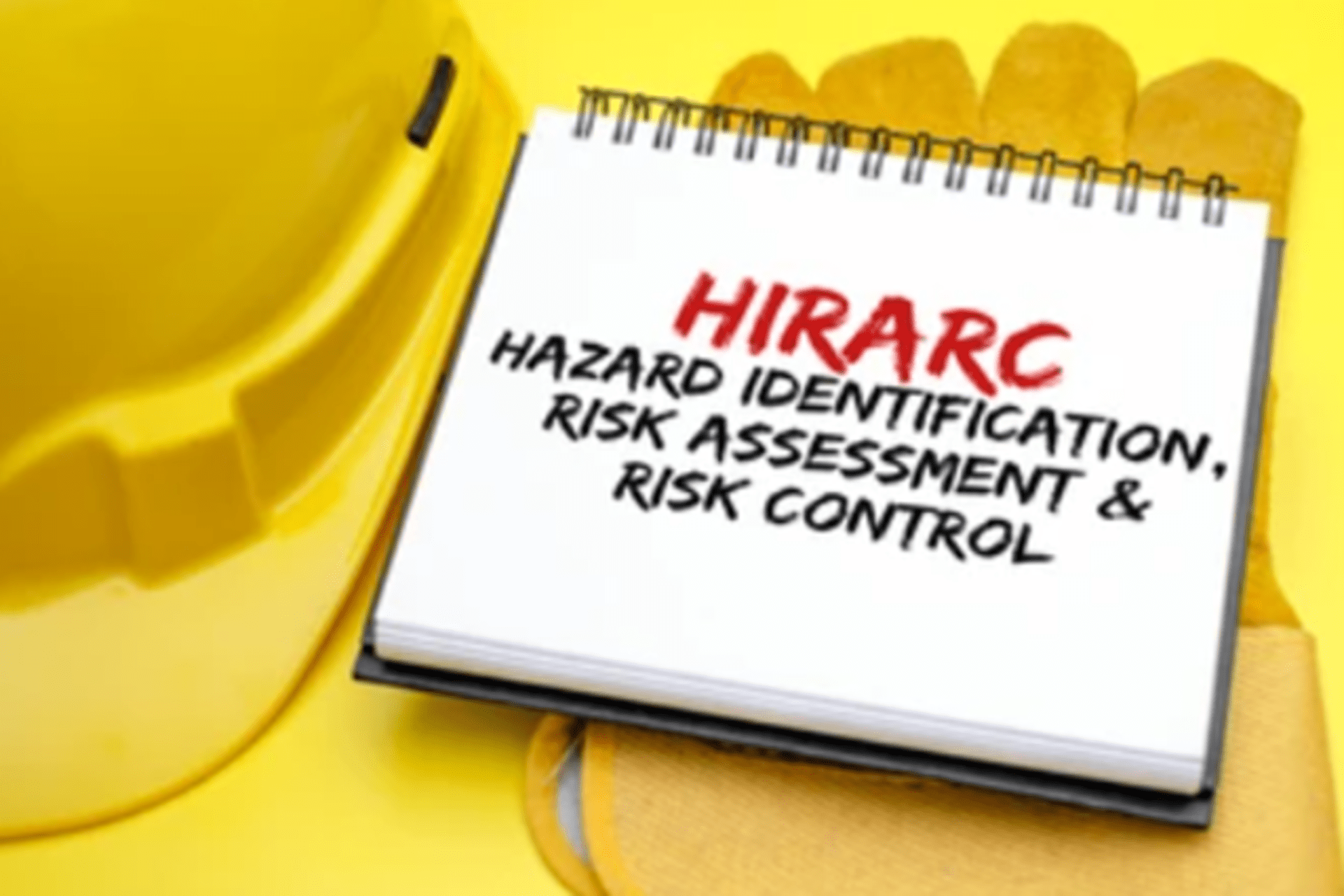
FAQ-SAFETY MANUAL
The Safety Manual outlines comprehensive guidelines, procedures, and best practices to ensure workplace health and safety. It aims to: Prevent accidents, injuries, and illnesses through defined safety protocols. Guide the proper handling of hazardous materials and equipment. Clarify roles and responsibilities for safety compliance. Ensure adherence to relevant laws and regulations. Foster a safety-conscious culture, encouraging continuous improvement. Serve as a key reference for training, emergency response, and incident reporting. Minimize workplace risks and associated liabilities. Enhance efficiency by mitigating safety-related disruptions. By meeting these objectives, the manual helps create a safer, healthier work environment for all employees.

FAQ-HAZARD AND OPERABILITY STUDY (HAZOP)
The purpose of a HAZOP (Hazard and Operability) study is to identify potential hazards and operability issues in process facilities, aiming to reduce the likelihood and impact of incidents. This helps protect personnel, the plant, property, the environment, and the company's reputation.

FAQ- HAZARD IDENTIFICATION, RISK ASSESSMENT, AND RISK CONTROL (HIRARC)
The primary goal of Hazard Identification, Risk Assessment, and Risk Control (HIRARC) is to proactively detect potential hazards in a workplace or environment, evaluate the related risks, and apply control measures to reduce or eliminate those risks.

FAQ-SAFETY AUDIT
A safety audit aims to systematically evaluate the effectiveness of safety measures and procedures in a workplace or environment. It identifies potential hazards, assesses current safety protocols, and provides recommendations to improve safety standards and reduce risks. The overarching goal is to ensure a safe and healthy environment for employees, visitors, and the broader community.


FAQ- FIRE PROTECTION AND SAFETY DESIGN (FPSD
The objective of fire protection and safety design (FPSD) is to minimize fire risks by preventing fires, detecting them early, effectively suppressing them, ensuring safe evacuation, maintaining structural integrity, and complying with regulations to protect lives and property.




